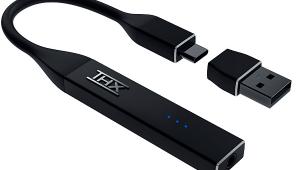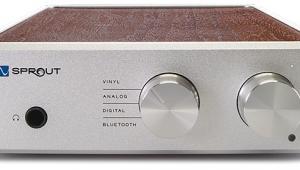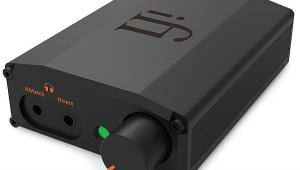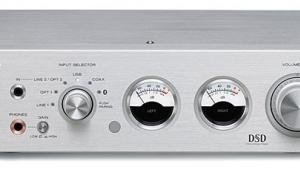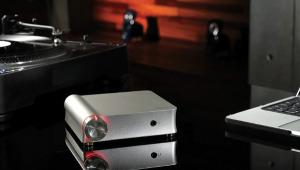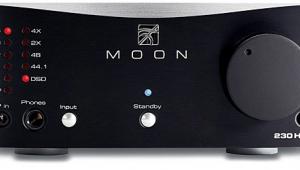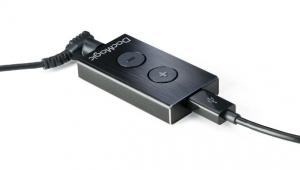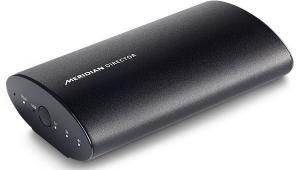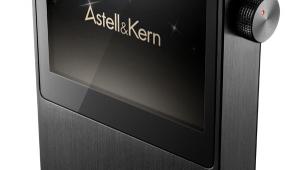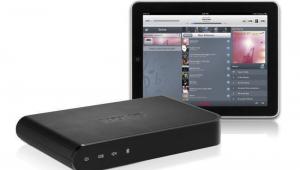Mini Amp Review: Fiio E6, Fireye Mini, GoVibe Mini Box
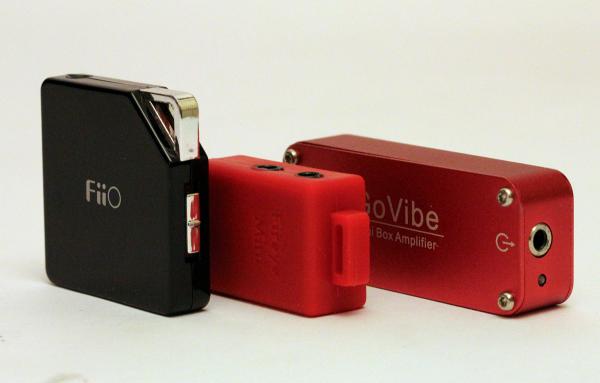
Most headphone amps aren’t made for the way we use headphones. Even many small models are too big to slip comfortably into a pocket. And most require power from an AC wall wart or a USB port. What use is that when you’re stuck in seat 34B of a Boeing 757, miles above Enid, Oklahoma, struggling to get better sound from your smartphone?
Fortunately, there are a few headphone amps that seem purpose-built for just such a scenario. They’re tiny — smaller, even, than a typical matchbox — and they’re powered by internal rechargeable batteries. They have 3.5-mm stereo analog inputs, so you can plug them into any audio source with an analog output. You can use them anywhere you go, with any source you happen to have. A couple of them even fit on keyrings.
But can such a small, simple amplifier really do anything to boost your sound quality, especially when it’s amplifying signals from your phone or computer’s lo-fi internal digital-to-analog converter (DAC)? As a headphone enthusiast who’s always on the go, that’s what I wanted to know.
So I rounded up three choice samples of the genre and hauled them along on my holiday travels this year. All three are compact enough to slip into a pocket. All three charge via a mini USB jack. And all three come with a short 3.5-mm–to–3.5-mm cable for connecting them to your phone or computer.
I tested each amp by feeding it signals from my Motorola Droid Pro smartphone. I used various sets of in-ear monitors, the type of headphone mostly likely to be used with ultracompact amps like these. My main IEM for testing these was the TDK BA100. I also tried other models, including the SOL Republic Amps HD and the Phonak Audéo PFE 232. However, I was unable to get the Fiio E6 headphone amp to work with the four-conductor plugs used on the latter two models (because each is equipped with an onboard mic and a push-to-talk inline control) — an important consideration if you use headphones equipped with this feature.
After listening to the amps, I then subjected them to the unforgiving judgment of my Audio Precision audio analyzer, testing distortion, output, and frequency response the same way Sound+Vision would with an amplifier or receiver.
To my immense surprise, the differences among these amps were colossal, both to my ears and the analyzer.
- Log in or register to post comments
